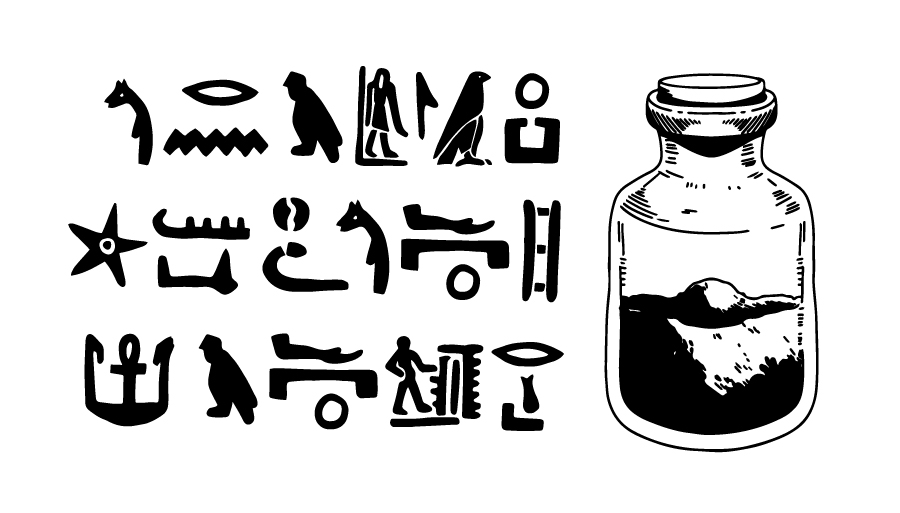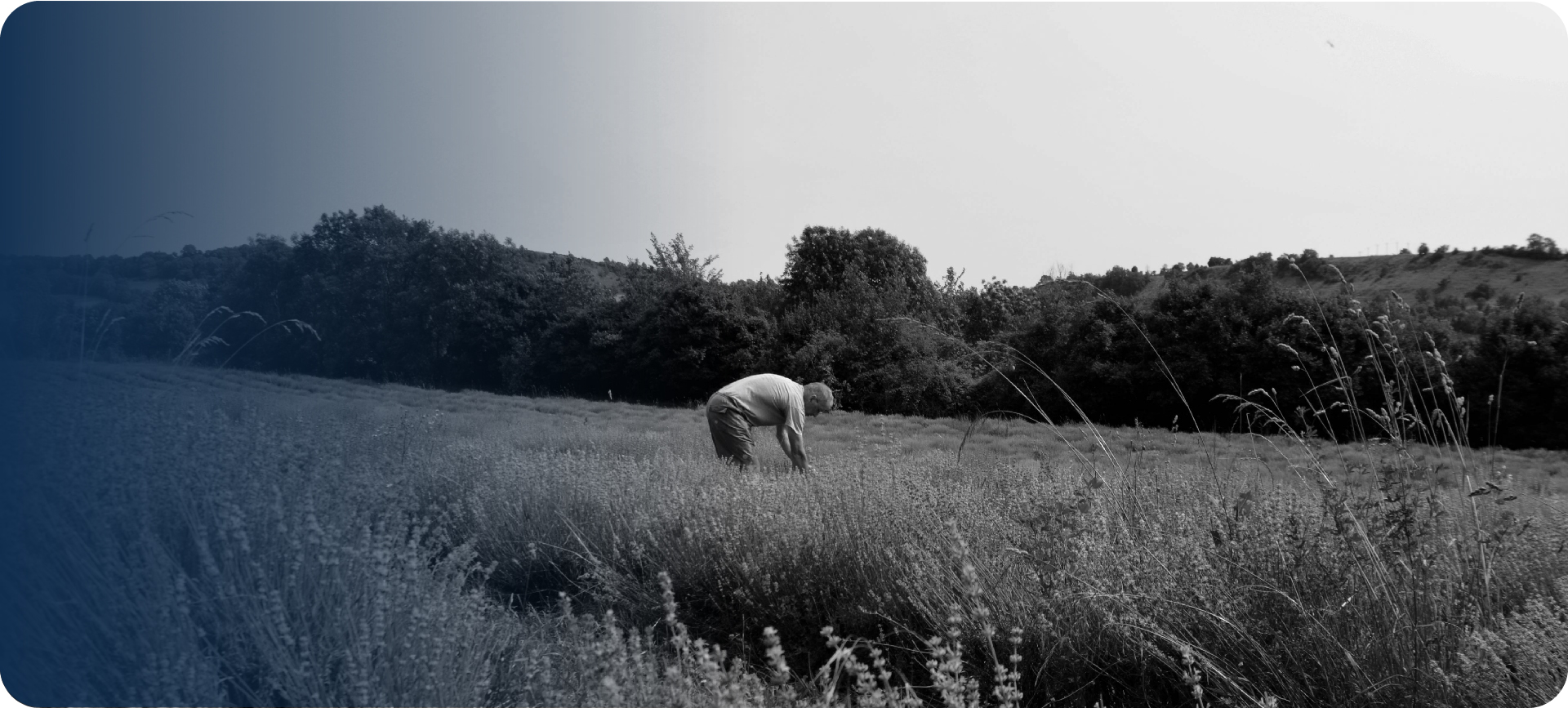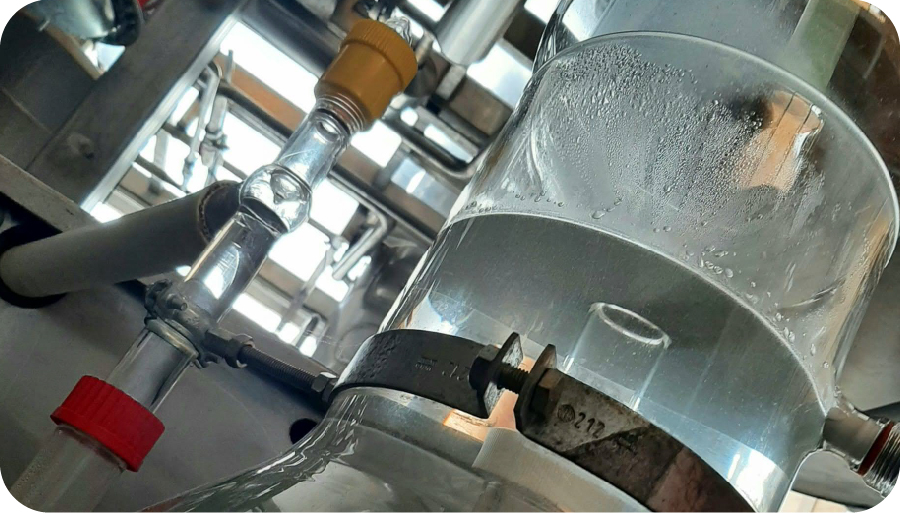

A LITTLE HISTORY
The use of essential oils began long before our time, in Ancient Egypt. Their use was sacred, as medicine was linked to a belief in magic and symbols. At that time, essential oils were used in several fields: medicine, perfumery, cosmetics and embalming.
The Egyptians practiced a crude form of distillation, using maceration and wringing. Today, Egyptian civilization is considered the creator of essential oils. It influenced many cultures and civilizations, bringing its medical know-how to Greece, the Roman Empire and the whole Mediterranean basin.



COLD PRESSING
Cold pressing involves pressing the fruit or leaves to mechanically extract essential oils, known in some cases as "essences". Pressing does not produce hydrosols.
STEAM DISTILLATION
For steam distillation, plants are packed into a still. Water vapor passes through them, entraining the volatile aromatic compounds in a gaseous state. The loaded steam passes through the swan neck to a cooling coil immersed in cold water.
Distillation then produces a distillate which settles by density difference, separating into essential oil and hydrolat (or floral water). The hydrolat contains a small amount of essential oil.







